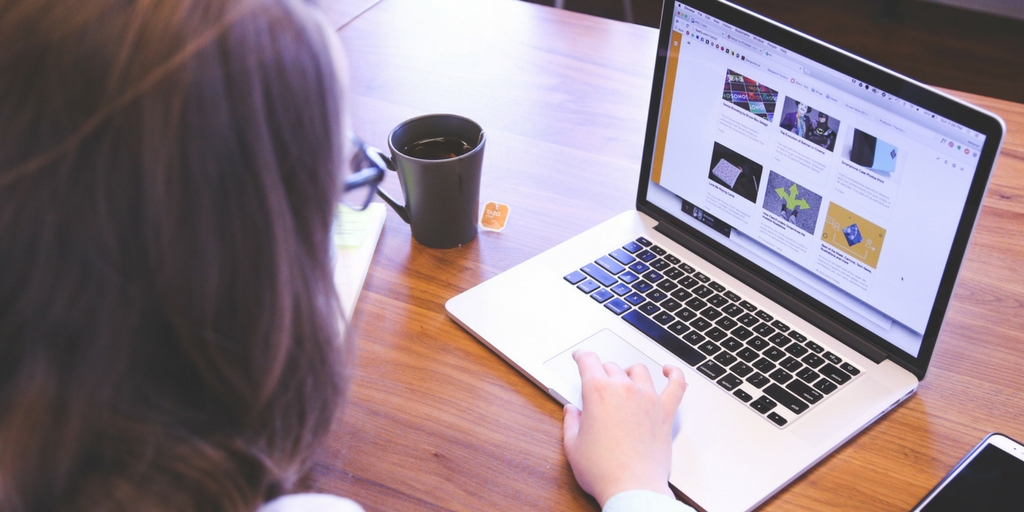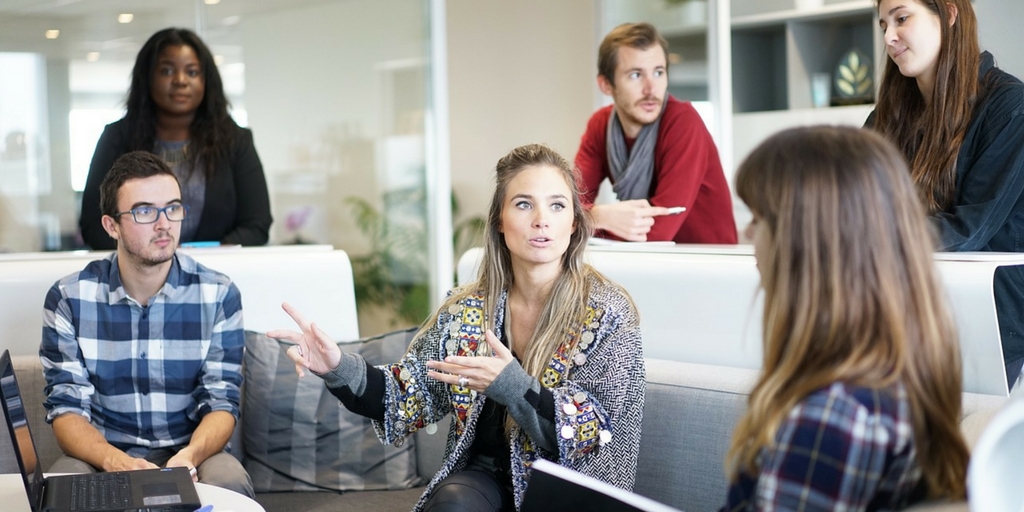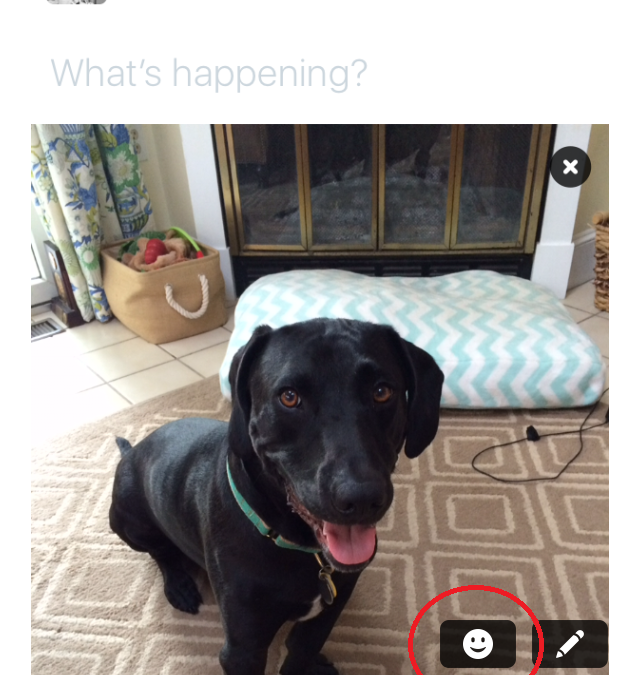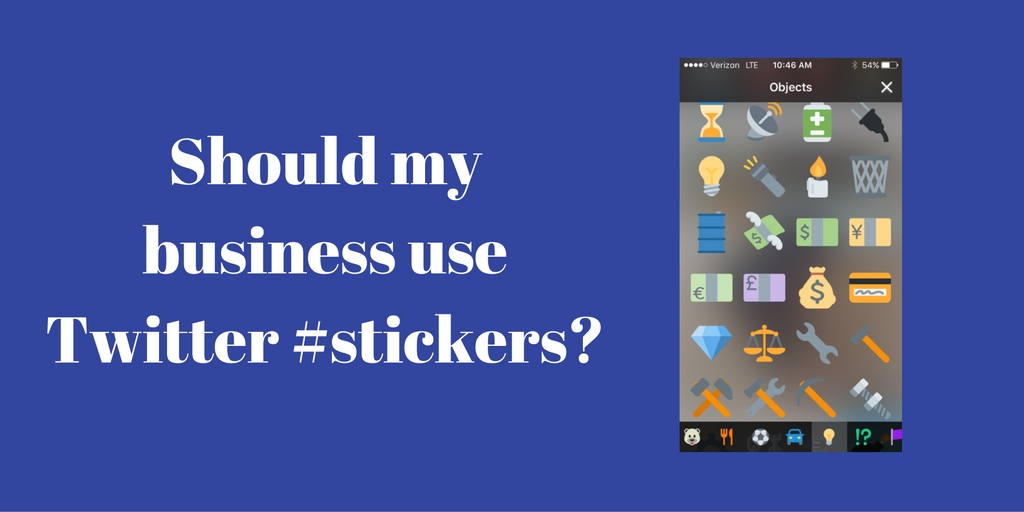
by Fronetics | Aug 18, 2016 | Blog, Content Marketing, Marketing, Strategy

Transactional emails offer prime real estate for driving further customer engagement or action.
Your business probably invests a lot of time and effort creating marketing emails to send to your prospects and consumers. But have you thought much about the content of your confirmation and thank you emails?
New findings from IBM Marketing Cloud’s 2016 Email Marketing Metrics Benchmark Study suggest you should. The survey “examines messages sent by nearly 750 companies and 3,000 brands in 2015, using a wide variety of measurements to establish benchmarks on customer engagement (via multiple open, click, and device/email client metrics) and list churn (hard bounces, unsubscribes, and complaints).”
One important finding relates to how recipients engage with transactional emails, messages confirming a purchase or an action (such as signing up for a newsletter). In almost every respect, transactional emails outperform non-transactional emails. For example:
- Transactional emails generate roughly 2x the open rates of non-transactional emails.
- Transactional emails generate roughly 3x the click-through rates of non-transactional emails.
This should not be a surprise, since these emails are based directly on a person’s purchase or action. But what many companies don’t realize is that these messages represent an opportunity to drive further customer engagement or action. Adding a prominent call to action can encourage the recipient to join your email list, make an additional purchase, or otherwise move further down the purchase path.
Instead of a simple “Thanks for your purchase!” email, put a little thought into how you might keep that person interacting with your business. Here are a few ideas:
1) Ask them to review their purchases.
Include a link to the recipient’s account or orders page. This gets them back on your website, where you can add additional calls to action, advertise related products, or encourage them to join a loyalty program.
2) Offer an incentive for future purchases.
Encourage recipients to buy again soon by providing a discount code for their next transaction. This also helps build brand loyalty by showing customers you value their business and want them to come back.
3) Request they follow you on social media.
Provide links to your various social media accounts to build additional touch points with your customers and prospects. Suggest they post photos of themselves using the products they purchased, share their purchase (or link to the newsletter sign-up, etc.) with their followers, or enter your contest or giveaway happening on these platforms.
4) Show them how to use their purchase.
Link to content that can improve their experience with the product or service they just bought. Step-by-steps guides, how-to videos, images of other buyers using the product: give them valuable support to improve their user experience and to keep them engaged with your content.
5) Display similar or related products.
What else do customers buy when they make the same purchase? Do you have other products or services that go along with it? For example, someone buying a hammer might also be interested in nails, toolboxes, or screwdrivers.
6) Ask them to join your loyalty or rewards program.
This is another way to offer incentives for future purchases and exclusive access to deals while your business gains additional information about the person.
7) Request they sign up for your newsletter, join your email list, or subscribe to your blog.
Encourage them to stay in the loop by opting into your content. You’ll stay in the sights of potential buyers that aren’t ready to make a purchase, and be on their mind when the time comes to buy.
Related posts:

by Fronetics | Aug 15, 2016 | Blog, Content Marketing, Marketing, Social Media, Strategy

If your social media strategy doesn’t align with your business objectives and target audience, your marketing budget is probably better spent elsewhere.
Almost half of CMOs report they do not feel prepared to manage the challenges that accompany the rise of social media. Regardless marketers report that they plan to double social media spending in the next five years.
Pouring money into increasingly complex and expansive social marketing campaigns will not guarantee success, however. Instead, Keith Quesenberry, author of Social Media Strategy: Marketing and Advertising in the Consumer Revolution, suggests that marketers need to boil their social strategies down to the basics to improve results.
“They must use fundamental marketing concepts and modify them for this new two-way, consumer-empowered medium of social media,” says Quesenberry in a Harvard Business Review article. He offers these four steps for developing a basic social strategy.
1) Identify your business objectives.
Any strategy your business adopts should carefully align with your goals. Are you hoping to grow brand awareness? Generate more leads? Rebrand your business? Your social strategy should serve those objectives.
2) Listen to your target audience.
Yyou should have a thorough understanding of who your target audience is and how they use social media. After all, millennials use different platforms at different times than, say, Fortune 500 CEOs. Quesenberry suggests using analytics tools within social networks and secondary research, such as the Pew Research Internet Project, Nielsen, or Edison Research, to identify larger trends in social media use.
3) Produce engaging content.
Create the kinds of content your target audience seeks, and distribute it through the platforms on which they seek it. How-to videos on YouTube? Thought leadership on LinkedIn? Optimize the material you distribute for each channel. Use the social channels that best suit your brand message, type of content, and target audience.
4) Link marketing goals to social media KPIs.
Measure key performance indicators such as social media click-throughs to purchase (if the goal is online sales), social impressions (for brand awareness), or number of campaign-specific forms completed (for lead generation).
Related posts:

by Fronetics | Aug 9, 2016 | Blog, Content Marketing, Marketing, Supply Chain

As buyers spend more time researching vendors online, your business’ digital content should anticipate the questions, problems and needs of your target buyer so that you can make their short list.
Want to appeal to — and close sales with — more customers? Your content must speak directly to your target audience’s needs and wants.
According to Demand Gen’s 2016 B2B Buyer’s Survey Report, nearly half of buyers (48%) report that their purchase cycle has increased since last year. One of the main reasons: they are spending more time conducting research and using more sources to investigate purchases.
That means potential customers are scrutinizing vendors more than ever before. As a vendor, your business should be examining your digital content to ensure it meets the expectations of B2B buyers seeking products and services like yours.
And what, exactly, are buyers looking for?
When researching a vendor on its website, Demand Gen survey respondents reported overwhelmingly that “content that speaks directly to [my] company” is the single-most influential aspect of the website. In fact, 96% rank that somewhat important or very important.
Therefore, your business should be creating content that answers questions, solves problems, and makes life easier for your target buyer. When they are reading your website, blog, or social media posts, they should feel like you understand their pain points and concerns and that you have the exact solution their specific business requires.
What else is important to buyers?
When it comes to conducting research on a vendor website, buyers ranked the following factors, in order, behind content speaking directly to their companies.
1. Easy access to pricing and competitive information
Can anyone navigating your website quickly and easily find what your products or services cost? Or have you hidden or excluded that information?
2. Vendor-focused content
Buyers want to understand not just who they are buying from but, more importantly, what you can offer them. Case studies detailing successes of your other customers, product data sheets illustrating technical characteristics and performance metrics — buyers crave this kind of information.
3. Search and navigation tools
Buyers want to be able to quickly find exactly what they are looking for. Your website should be easy to navigate and very user-friendly.
4. Easy access to content
Are you hoarding high-value resources behind lengthy registration forms in order to extract as much information as possible from your leads? You may be losing prospects because of it. Keep your forms short and sweet.
5. Relevancy of website speaking directly to the industry/company
You understand the business environment in which your customers operate. Your website should convey this knowledge so that prospects can recognize your expertise and trust your business and its solutions.
6. Thought leadership content
Expert content like whitepapers, reports, and infographics elevate your brand image and establish you as a leading voice in the industry.
Related posts:

by Fronetics | Aug 8, 2016 | Blog, Content Marketing, Marketing, Strategy

B2B marketers who meet more often to discuss and evaluate their content marketing strategy report success at much higher rates than those that meet less frequently.
Do you feel your content marketing is producing results? Only 30% of B2B marketers say they feel effective, and a shocking 55% admit they do not actually know what content marketing success looks like.
If this sounds familiar, take a note from the most effective B2B marketers: Meeting more often can improve content marketing performance.
Another meeting? Say yes for success
We all have been guilty of thinking, “Great. Another meeting to squeeze into my schedule.” But the B2B Content Marketing 2016: Benchmarks, Budgets, and Trends – North America found some interesting correlations between content marketing effectiveness and frequency of meeting. For instance:
Meeting daily or even weekly improves content marketing results.
61% of the most effective B2B marketers meet daily or weekly with their content marketing team, either virtually or in person.
Meeting more often is time well spent.
Teams that meet daily or weekly find the meetings to be more valuable (70% of respondents) than those who meet less often — like biweekly or monthly (49%). But, only 36% of the content marketing professionals surveyed met once per week, and only 8% met daily. And you guessed it: Those were the teams that reported having the most success with their content marketing.
Meeting strategies
There is more to success than simply holding a meeting, of course. Time spent around the conference table is not going to bring results unless you are asking the right questions with keeping eyes on your content strategy.
What are the new challenges the team is facing? What is happening in the news or industry that might affect or interest your audience? How is your audience responding to recent content? There must be more to regular meetings than coffee and bagels.
Equally important is ensuring the team has a clear vision of your goals and benchmarks. The greater the team’s understanding of what success looks like — clearly defined objectives, expectations, and your content marketing goals — the more effective they can be at their job.
Things to discuss about your content strategy:
- Purpose: What is the goal or objective the team is striving for from content marketing efforts? More leads and increased brand recognition are common examples.
- Audience: Who is your target audience, and what are their needs, interests, and concerns? Where do they consume content (e.g., LinkedIn, blogs)? When do they visit those channels?
- Tactics: What platforms are you using for distribution, and how do they work together? Is there an email campaign as well as daily Facebook, Twitter and Instagram posts, for example? Are images important for results?
General discussions to include:
- Open-topic communication: Tap into knowledge from all members of the team to generate ideas, information, and data for content creation. Open discussion can bring insight and fresh angles of approach.
- Ways to improve and reach objectives: Fresh ideas are as important to the team as fresh content. What could you be doing better? Should you be measuring something that you’re not? Are there new technologies or tools that you should try? Every team member should have a voice in how to best execute or improve your content strategy.
Related posts:

by Fronetics | Aug 4, 2016 | Blog, Content Marketing, Marketing, Social Media

Add stickers to your photos on Twitter to join in on real-time conversations about trending topics and to grow your audience.
Twitter announced at the end of June that it would be rolling out a new feature called #stickers. Twitter stickers are a visual twist on a hashtag, meaning you can add them to the photos you tweet and be connected to the community using the same sticker. Users can click a sticker to see other tweets tagged with the same image.
You can use multiple stickers (up to 25), place them anywhere on your photo, and resize and rotate them. There are hundreds to choose from, organized by categories, including:
- Accessories (e.g., hats, sunglasses)
- Smilies and people
- Animals and nature
- Food and drink
- Activity (e.g., sports equipment, instruments)
- Travel and places
- Objects
- Symbols
- Flags
Why would my business use Twitter stickers?
Twitter suggests, “Use [stickers] to share what you’re doing or how you’re feeling, to show support for a cause, or to just add some flair.” While their primary intention may be fun, Twitter stickers should pique businesses’ interest because they are searchable. And anytime something is searchable, that means it is another opportunity for potential customers to find you.
By using a sticker on one of your tweets, you increase your audience for that tweet in the same way that you do when using a hashtag. People who search by the stickers you use will see your tweets.
Imagine the potential! Medals or sports icons during the Olympics, weather stickers during extreme elements: millions of people will be using and searching these images. Find clever ways to relate Twitter stickers to your photo content, and you’ll strike a chord with an enormous audience.
Also, don’t discount the value of showing some of your brand personality through social media. Having fun with Twitter stickers can give your followers an idea of what your company is all about, show the human face behind the company name, and help them connect with you.
How do I add a sticker?
Stickers are now available to all iOS and Android users. Here’s how to add a sticker to your photo:
1) Tap the Tweet compose icon.
2) Tap the camera icon to take a photo or to select one from your camera roll.
3) Tap the sticker icon (a smiley face) on the bottom right-hand corner of the selected photo to launch a library of stickers. Say I wanted to tweet this photo of my dog:

4) Tap your selected sticker(s). Once placed on your photo, hold and drag the sticker with your finger to move to your desired position.

5) To tilt, enlarge, or shrink a sticker: Place two fingers on either side of the sticker and turn the sticker clockwise or counterclockwise to rotate, or slide your fingers apart or together to resize.
6) If you’d like to remove a sticker from a photo, press and hold on the sticker, then drag it to the bottom of your screen until the trash can icon appears.
Here is what the finished product looks like:

Related posts:










